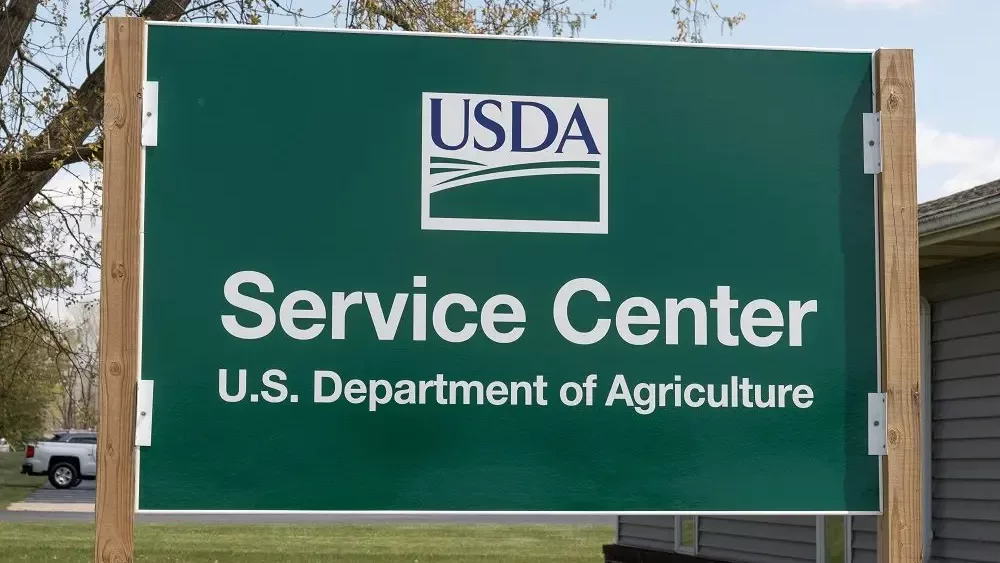Thursday’s double-digit gain in both corn and soybeans was made up of several little pieces coming together, especially for the corn market.
USDA’s Farm Service Agency (FSA) issued a report on Wednesday showing that there are 81.12 million acres of corn planted in the U.S. Granted, not all farmers take part in FSA programs, but Karl Setzer of AgriVisor said that’s one factor that’s supporting the corn market.
“That’s the lowest confirmed August planting number since data started to be published in 2007,” he said. “Prevent plant acres are quite high, although less than a year ago. At the same time, we had a 1.2 million acre reduction in soybeans.”
Setzer said as harvest gets closer, those numbers will grow. A backlog of paperwork at FSA offices could also be attributed to the low acreage number.
“The FSA is telling us they haven’t got through all that yet,” he said. “But even if we’re slightly less than what we have right now, we’ve got to look at yields.”
In the USDA’s August World Agricultural Supply and Demand Estimates, USDA forecasted a corn yield of 181.8 bpa and 53.3 bpa for soybeans. Setzer said that even if those numbers are added to the reduced acres, that will slice the crop size.
“We’re already hearing some doubt over the yields being predicted, and that goes back to current weather conditions,” he said. “August is starting out to be one of the driest in the past 125 years. If that continues, not only could that shave bushels off soybeans, but also corn.”
With the corn still in kernel fill and soybeans setting and filling pods, that dry weather could take the top end of the yield off if crop ratings decline. Here in Michigan, there’s one chance of rain over the next 10 days.
“The last several years we’ve seen corn and soybean crops be made or lost in August and September—that can easily happen this year,” said Setzer.
Despite crop conditions being at multi-year highs, the trade is keeping an eye on this forecasted lack of precipitation in the Corn Belt.
“Most analysts are saying is that high crop ratings equate to better than trend yields,” he said. “We could still see corn yields above trend but below the 181.8 bpa. We could see a soybean yield above trend but still under 53 bpa, and the trade is starting to focus more on that. That is what’s giving us a lot of support.”
Setzer also said the funds are buying a lot of corn since they’ve been short the market for several weeks.
“All in all it’s not really one huge thing that’s given us support—it’s a lot of little moving parts that are giving us the rally we got,” he said.
Before the reports were issued, there was talk about when the corn market would hit its bottom. With a 13 cent rally in two days, Setzer believes the market is recovering.
“We have a good correction going on, and I do think there’s upside potential to corn yet,” he said. “When bearish news doesn’t make a market go down, it’s a sign a bottom has been put in. I’m not saying corn is going to break out to the upside and run back to the old highs, but when you look at the global market and all things considered, corn was undervalued.”
USDA also released its crop production report on Wednesday, showing a 12 percent increase in corn from 2019 and a 25 percent increase in soybeans. Setzer talks about how the unplanted acres from last year are a factor in our production, weather, and if South America is really out of soybeans in his full comments in the player above.






